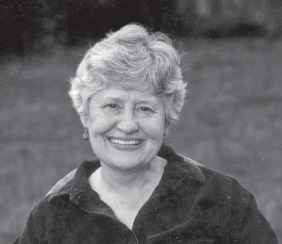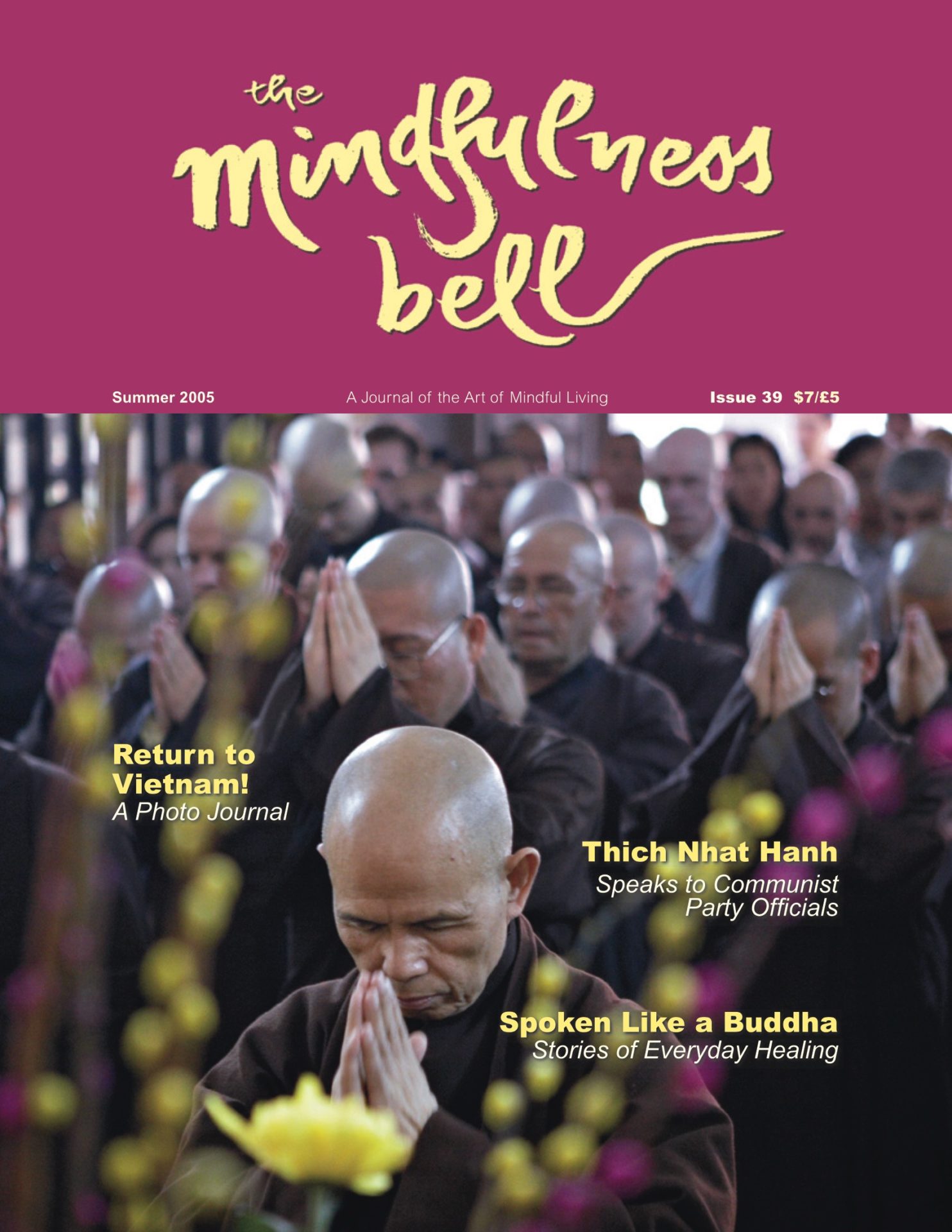
By Hope Lindsay
Patty, a Sangha friend, is a nurse for Mercy Medical Center Hospice in Roseburg, Oregon. Many people know that hospice is a cluster of care services for individuals in the last six months of life. When someone is diagnosed with a terminal condition, a team of health professionals and volunteers helps her or him and the family with palliative (comfort-giving) therapy rather than focusing on curative medical services.

By Hope Lindsay
Patty, a Sangha friend, is a nurse for Mercy Medical Center Hospice in Roseburg, Oregon. Many people know that hospice is a cluster of care services for individuals in the last six months of life. When someone is diagnosed with a terminal condition, a team of health professionals and volunteers helps her or him and the family with palliative (comfort-giving) therapy rather than focusing on curative medical services. Treatment can include pain alleviating medications, feeding and bath care, music therapy, massage, spiritual comfort, and consoling the family.
Patty is a longtime student of Frank Ostaseski, the founder of the San Francisco Zen Hospice Project. The Zen Hospice Project has received national and international recognition for its unique Buddhist ministry to those who are alone and dying. Patty co-facilitates trainings with Frank as well as offers trainings for volunteers in our community. Recently she created a volunteer program called Anam Cara (spiritual companion), of which I am a member.
We Anam Cara volunteers were taught the common responses of mind and body in the final days, and that dying without a caring person beside us is a common fear for many people. At the same time, the moment of death frequently takes place in solitude by choice of the dying person. We learned that dying is often a laborious process not unlike birth. Although the dying person is often considered semi-comatose, there usually is some indicator of recognition of the companion’s presence. A squeeze of the hand, a smile, eye contact, or sometimes a word or two, may be all we, as companions, do. Most of our time is usually spent sitting beside the dying person in meditative silence. Sharing these profound moments with either a stranger or loved one can be a transcendent experience.
Both the Zen Hospice Project and Anam Cara began in facilities that once offered shelter and spiritual comfort to those dying of AIDS. They began by renovating a hospital skilled nursing unit and private home respectively, into facilities with a compassionate, healing atmosphere. Now both programs have become available to anyone who may have little or no support at the time of death. In 2005, Anam Cara will help hospitalized people who are dying without friends and family in attendance, as well as those in Mercy House.
A new project beginning in our community is called Wings of Hope, a program for grieving children. The child may have lost a parent or sibling by death or is in foster care or may have an incarcerated parent. It is a four to eight week curriculum modeled on the Dougy House in Portland, Oregon and created by Patty. I am coordinating it with a community mental health counselor who volunteered to help. Recently I discovered that, although she does not participate in our Sangha now, she plans to attend Thich Nhat Hanh’s retreat at Deer Park this autumn.
I have recently realized that of the dozen most active members of our Sangha, six of us are employed by hospice and nine have had some form of training facilitated by Patty for end of life care. Another Sangha member, Patricia, is a nurse who now lives in a convent compound in South Africa and serves the nearby village whose members are ravaged by AIDS. Patricia’s primary focus is caring for the dying under extremely difficult circumstances. As well as offering medical care, she has been the mom for the dorm which shelters and educates girls whose entire families have perished and who are now responsible for raising even younger children. Our Sangha often gives our dana to Patricia’s work. Without a conscious intention to do so, our Sangha has found its particular focus of social action.

Hope Lindsay, True Flow of the Heart, is a member of the Umpqua Area Mindfulness Sangha. She is a part time medical social worker for Mercy Medical Center Hospice, and an aspirant to the Order of Interbeing.

